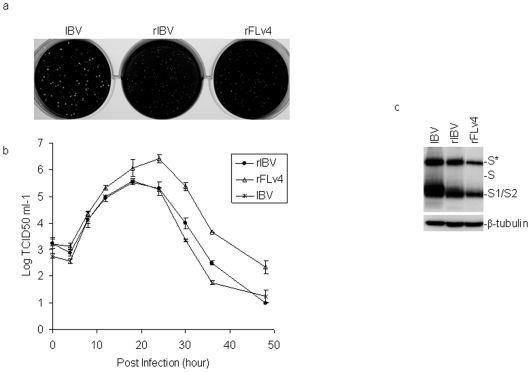Figure 4. Analysis of the effect of L857 residue on IBV infectivity and growth properties by re-introduction of F857-L back into the genome of Vero-adapted IBV p65.
a. Comparison of the plaque sizes of wild type IBV (IBV), wild type recombinant IBV (rIBV) and variant 4 (rFLv4). Confluent monolayers of Vero cells grown on 6-well plates were infected with wild type IBV (IBV), wild type recombinant IBV (rIBV) and variant 4 (rFLv4), and incubated in the presence of 0.5% carboxymethy cellulose. At 2 days post-infection, cells were washed, fixed with 4% formaldehyde, and stained with 0.1% toluidine blue. b. Comparison of the growth curves of wild type IBV (IBV), wild type recombinant IBV (rIBV) and variant 4 (rFLv4). Vero cells were infected with viruses, harvested at 0, 4, 8, 12, 18, 24, 30, 36 and 48 hours post-infection, and TCID50 was determined. c. Analysis of S protein expression in cells infected with wild type IBV (IBV), wild type recombinant IBV (rIBV) and variant 4 (rFLv4). Vero cells infected with the indicated viruses with the same MOI were harvested at 16 hours post-infection. The viral protein expression was analyzed by Western blot with rabbit anti-IBV S antibodies. The same membrane was also probed with anti-β-tubulin monoclonal antibody as a loading control.

